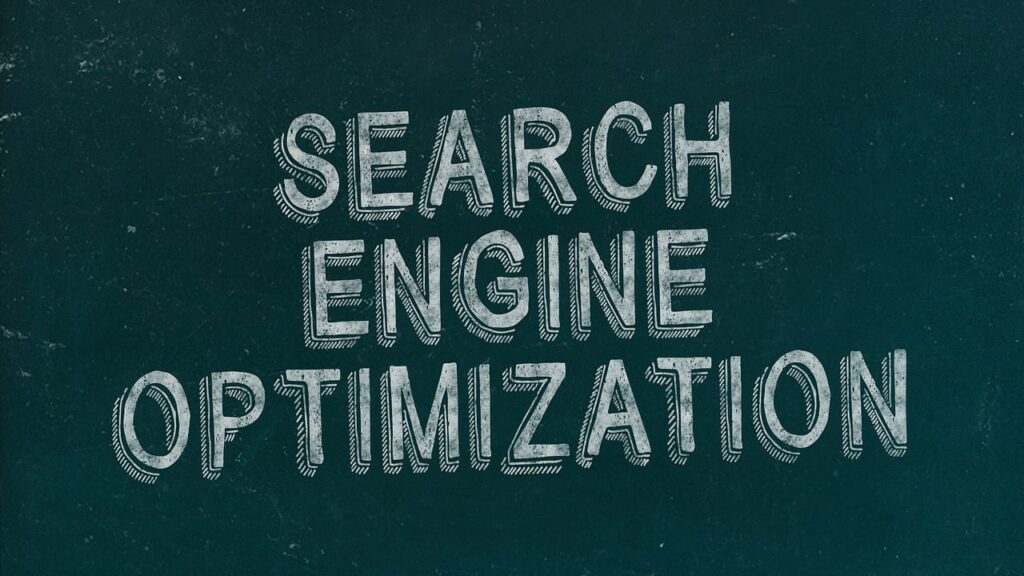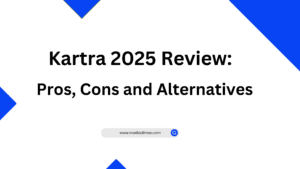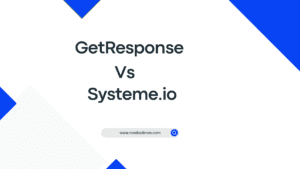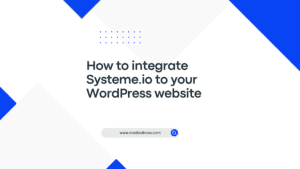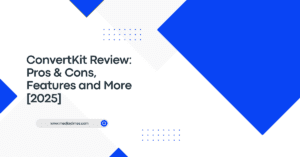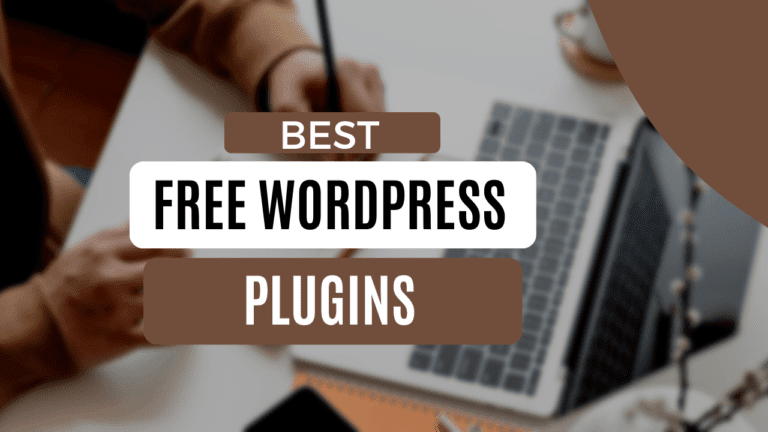If you want people to find your website or blog in search results, you should start optimizing your pages by using on page Seo practices.
On-page search engine optimization (SEO) is a key factor to help increase your website traffic and get more visitors to find your business when they search.
In this blog post, you’ll learn what is on page Seo?, why is it important? and the best on page Seo practices that you should implement to increase your website visibility on the search engines.
On page Seo definition
On-page SEO, also known as on-site Seo, is the practice of making webpages and their content more user- and search engine-friendly.
It can help rank pages higher on Google and drive more organic traffic.
This involves optimizing various elements on a page, such as content, meta tags, headers, and images, to make them more relevant and accessible to search engines. Effective on-page SEO contributes to better visibility and higher rankings in search engine results pages (SERPs).
Why on page Seo is important
On-page SEO is important because it gives search engines several signals to help them understand your content.
Search engines use keywords and other on-page SEO elements to check whether a page matches a user’s search intent or not, and if the page is relevant and useful, Google serves it to the user.
That can help you get higher rankings, reach a bigger audience and get more organic traffic.
On page Seo is important for other reasons:
Understanding and Relevance
It helps search engines understand your website and its content. By using relevant keywords, clear titles, and informative descriptions, you’re essentially communicating with search engines, telling them what your website is about and which searches it’s relevant to.
User Experience
On-page SEO overlaps significantly with good user experience (UX). Optimizing your site includes aspects like clear navigation, fast loading times, and mobile-friendliness.
Brand Credibility
Ranking higher in search results can contribute to building brand credibility and trust. Users often perceive sites on the first page as more reliable and relevant, giving your brand a valuable edge.
By putting time and effort in on-page SEO , you’re building a strong online presence, drawing in organic visitors, and eventually helping your website reach its goals
How to do on page Seo (On page Seo best 8 practices)
Without further ado, here are the top 8 on-page Seo practices you can leverage to boost your SEO, and how to implement them.
1.Do your keyword research
First and foremost, do your keyword research and integrate them into your content.
You must use keywords on your website if you want to appear in search results. You must optimize your pages to show up in the appropriate search results since keywords allow your site to show up in relevant queries.
To find keywords for your content you can use free keyword research tools like the google keyword planner. Head over to the Google Keyword Planner. You can find this by searching for it on Google.
There will be a section where you can put in a keyword

When you do keyword research, focus on long-tail keywords. Long-tail keywords contain three or more words, like “best Seo practices.”
Another thing to focus on is competition, always target keywords that have low to medium monthly searches and low competition.
2.keyword placements
Now that you have done your keyword research, it’s time to put those keywords in the right place,
Effective keyword placement is a key aspect of on page Seo for websites. Here are some strategic places to use your keywords in:
- Title and Meta Description
- first paragraph of your content
- Headings and Subheadings
- Image alt text
3.Write High quality content
Making user-friendly content is the third step in learning on-page SEO.
Since content marketing is what drives visitors to your pages, it is an essential component of SEO. The content you produce helps people find your business in search results, and SEO optimization helps your content rank in search.
However, search engines have advanced far enough to understand how to rank pages based on how users engage with the content.
If you want your pages to rank, you need to create content for users, not search engines.
You can do this by:
- Organize your information and break your content using heading and bullet points.
- Write helpful and informative content that provides the information a reader is looking for
- Write content with the adequate length (1200-2000 Words)
- Use images, videos, and infographics to make your page visually interesting to visitors.
4.link optimization
There are two types of links involved in on-page SEO—internal links and external links.
Internal links
Internal links are connections from one page on your website to other ones.
Your page should not only include internal links, but other pages on your site should link to the one you’re optimizing.
Internal links are a fundamental part of SEO for two reasons:
- Internal links help search engines discover new pages on your site and index them in search results to rank
- They encourage visitors to stay on your website longer.
External links
These are the links on your page that lead to external websites. An on-page SEO best practice is to link out to pages on the topic from websites with high domain authority. This helps Google to trust your page more.
5.Use images
Images on their own are an on-page optimization since they keep readers engaged with a page, and time on page factors into ranking. But there’s more to images on a page than meets the eye.
So, to ensure your photos work for your SEO, follow practices:
- Optimize your image file sizes: Large image files cause your website to load more slowly, which hurts your SEO. You can stop this from happening by compressing the sizes of your image files using an image compression applications.
- Add alt text: This is the text alternative of an image. This is how you tell Google (and how screen readers can tell the visually impaired) what your image is about, and should contain the keyword you’re targeting.
- Don’t replace text with images: Alt text is only meant to be a few words, so when you’re using an image to convey information relevant to the keyword you’re targeting, make sure that information is also written out in the body text of the page.
6.Title tag and meta description
The title tag, also known as the meta title or SEO title, is the title of the page as it appears in search results.
It appears as a blue line of text in search results that people can click on to navigate to the page on your site.

The title tag is one of the most important on-page SEO factors because your title tag gives search engines a high-level overview of what your page is all about.
The meta description is the description of your page that appears under the title on the SERP.
The page meta description is shown on the search engine results page (SERPS). It has to be descriptive, up to 200 characters, and unique for each page.
It’s your opportunity to advertise your page and convince users to click your link and visit your website rather than selecting one of the other links.
The most important title tag optimization tips are:
- Keep your title tag short: Stay within the 70 character limit
- Use your keyword in beginning of the title
- Add power words to make it interesting
- Make sure your title meets the search intent
The most important meta description optimization tips are:
- Include you keywords in your meta description
- Make it short ( 150-170 characters )
- Summarize what people can find on your page
7.Headings and subheadings
Headings are used to organize the information on your page into clear sections and subsections.
A page needs to be properly formatted. Think of it as a report which needs to have a heading (h1) and subheadings (h2, h3).
There are six types of heading tags (H1…….H6)
As for the H1 tag, it’s best practice to use one H1 per page and match it with the page title.
As for H2 to H6 tags, simply use them for the subheadings of your content.
8.Mobile responsiveness
Mobile now accounts for more than 56% of all internet usage, with tablets contributing another 2.4%.
If your website isn’t optimized for these devices, you risk delivering a poor mobile experience.
A poor mobile experience is detrimental to your SEO because Google operates on a mobile-first index — Google takes the mobile version of your site into account when ranking you in search results.
Responsive design can help you deliver a mobile-friendly site for your visitors.
Final words
At the end of the day, search engine optimization boils down to one thing: Finding the best way to provide valuable information to searchers, and ensuring your website is at the top of SERPs.
Implement the on-page SEO practices above, and your site will be well on its way to better rankings and more qualified traffic.

